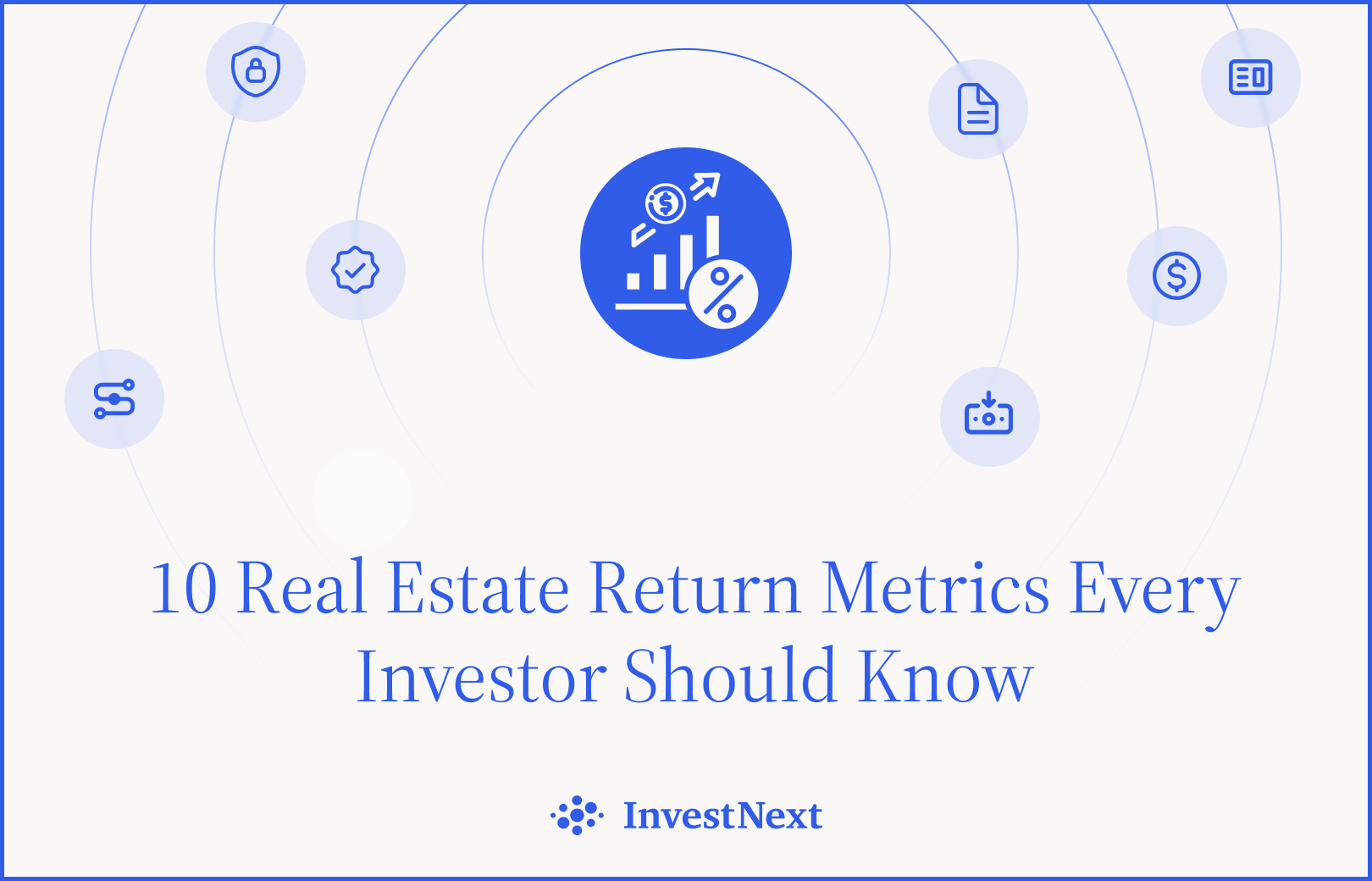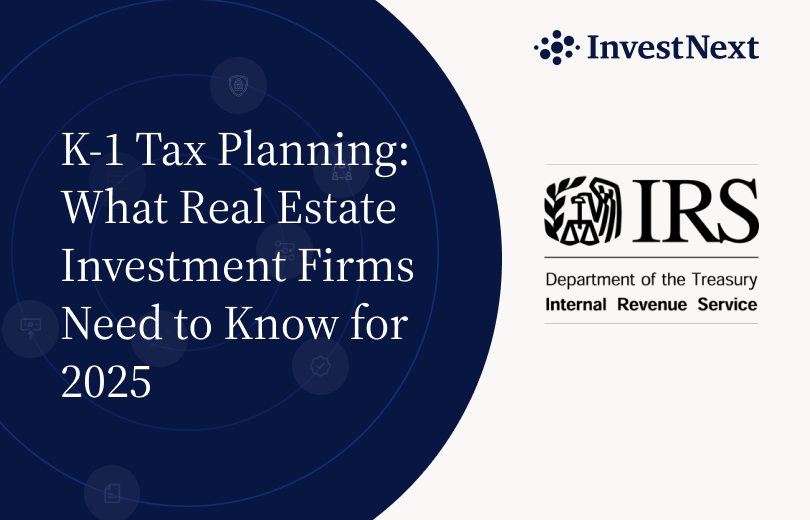Major cities like Los Angeles, New York, Chicago, and D.C. are often the focus of commercial real estate investors due to the fact that these primary markets are the center of commerce and populated hubs that offer excellent opportunities for sizable investments, reducing risk considerably.
When it comes to investing in commercial properties, it would be a mistake to overlook tertiary and secondary markets. As investors are seeking profitable niche asset classes, these markets increase hidden opportunities as demand and interest continue to grow.
In this article, we’ll discuss the advantages of investing in tertiary and secondary markets and how they can provide attractive and lucrative opportunities in commercial real estate. In this article, we’ll discuss the advantages of investing in tertiary and secondary markets and how they can provide attractive and lucrative.
What is a Secondary Market?
A secondary market, commonly known as a Tier II market, has a population lower than a major market but more than a rural region. These markets allow investors to yield high returns on little investment capital while facing less competition.
The population cap falls on a wide scale, from 500,000 to 5 million. However, some investors define secondary markets based on business growth rates. Dallas, Portland, and Denver fit in the secondary market category; you can also find tier II regions close to gateway cities like San Francisco.
Secondary cities are also experiencing an increase in population due to affordability and attractive job opportunities from younger demographics.
These markets also offer:
- Less competition: Major REITs and real estate private equity funds tend to focus on primary markets, increasing price and investment cap rates in main markets.
- Value: Secondary markets are typically financially accessible, enabling investors to yield positive returns without competitive pressure.
- Less volatility: High-growth secondary and tertiary markets are often less volatile during economic downturns – making them attractive as a late investment in an investment cycle.
- Higher return: As an affordable option for investors, higher investment caps can produce a higher return in secondary and tertiary markets.
- Stronger growth potential: It is well-known that the secondary and tertiary markets are characterized by a lower cost of living and a smaller real estate supply, which considerably improves the likelihood of appreciation.
- Value-add opportunities: Due to the saturation of the main market, there are limited properties with the opportunity for value-add initiatives. When the market begins to expand, there is a significant amount of expansion potential that allows market investments to provide excellent returns.
What is a Tertiary Market?
A tertiary market is a smaller metropolitan region, less populated, and possesses an undersized urban core than a primary or secondary market. The population spectrum falls below 1 to 2 million.
Tertiary markets tend to have less industry and spread into suburban areas. Similar to secondary markets, investors factor in population and commerce growth when identifying what constitutes a primary, secondary, or tertiary market.
Tertiary markets are unique as they tend to have a mix of traditional and innovative businesses. These markets often experience high growth rates. However, the lack of infrastructure and development may make investments risky. On the positive, rental prices in these regions tend to increase faster than the national average.
Charleston, Nashville, and Las Vegas are tertiary markets and usually have lower living expenses than primary and secondary markets.
Key Steps for Investing in Tertiary and Secondary Markets
As with any investment, you’ll want to understand the risks and do your due diligence when searching for opportunities in these regions. Here are several steps you can take when investing in tertiary and secondary markets.
- Research job and rent growth -job growth currently defines secondary markets, while rental growth corresponds with tertiary locations. For example, Raleigh was recently reported as the third highest-growing job market. Tertiary markets like Richmond tend to have rental rates growing faster than average.
- Research unique aspects of certain cities and compare them to national trends. For example, Colorado Springs is well-known for its outdoor recreation. Who is moving here for this reason? The technology sector is growing nationally, but is green energy more promising in specific locations?
- Research cities and their affordability rates. Although affordability helps define tertiary and secondary markets, cities do vary. Is renting more affordable in a city like Austin?
- Read current articles to learn about investment strategies for commercial properties and real estate syndication. Lastly, follow-up on upcoming 2023 trends that reflect migration behavior and why individuals are leaving major cities and into secondary and tertiary housing markets.
Manage Investor Performance
Commercial real estate investing is shifting away from major cities to opportunities in second and third-tier urban areas. These markets may meet expectations if you’re looking to find profitable opportunities to satisfy your investors.
Understanding the positive opportunities in primary alternative markets can prove highly profitable when preparing for an upcoming capital raise.
InvestNext provides a comprehensive solution for investing in commercial real estate. Our full-service investment management software allows you to efficiently oversee all aspects of your capital raise in one place. From same-day ACH transactions to waterfall calculations, impress your investors with stylish deal rooms and a clean-cut easy-to-use investor portal.
Schedule a demo today to see how our team can help you to welcome the next level of raising capital.







